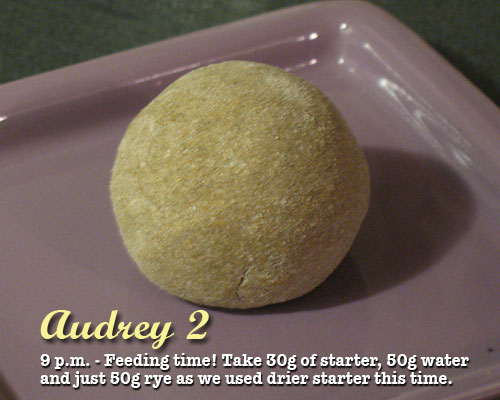Reinhart's Potato Rosemary Bread
This is from a recipe in Peter Reinhart’s Bread Bakers Apprentice and I didn’t make any changes to the recipe, being the first try at it.
Well, ok, one or two very minor changes: he asks for fresh rosemary, I only had dried which I soaked for an hour while the dough was warming up. He says to mix in roasted garlic - didn’t have any. I guess next time I’ll have to make that ahead of time along with the extra mash.
